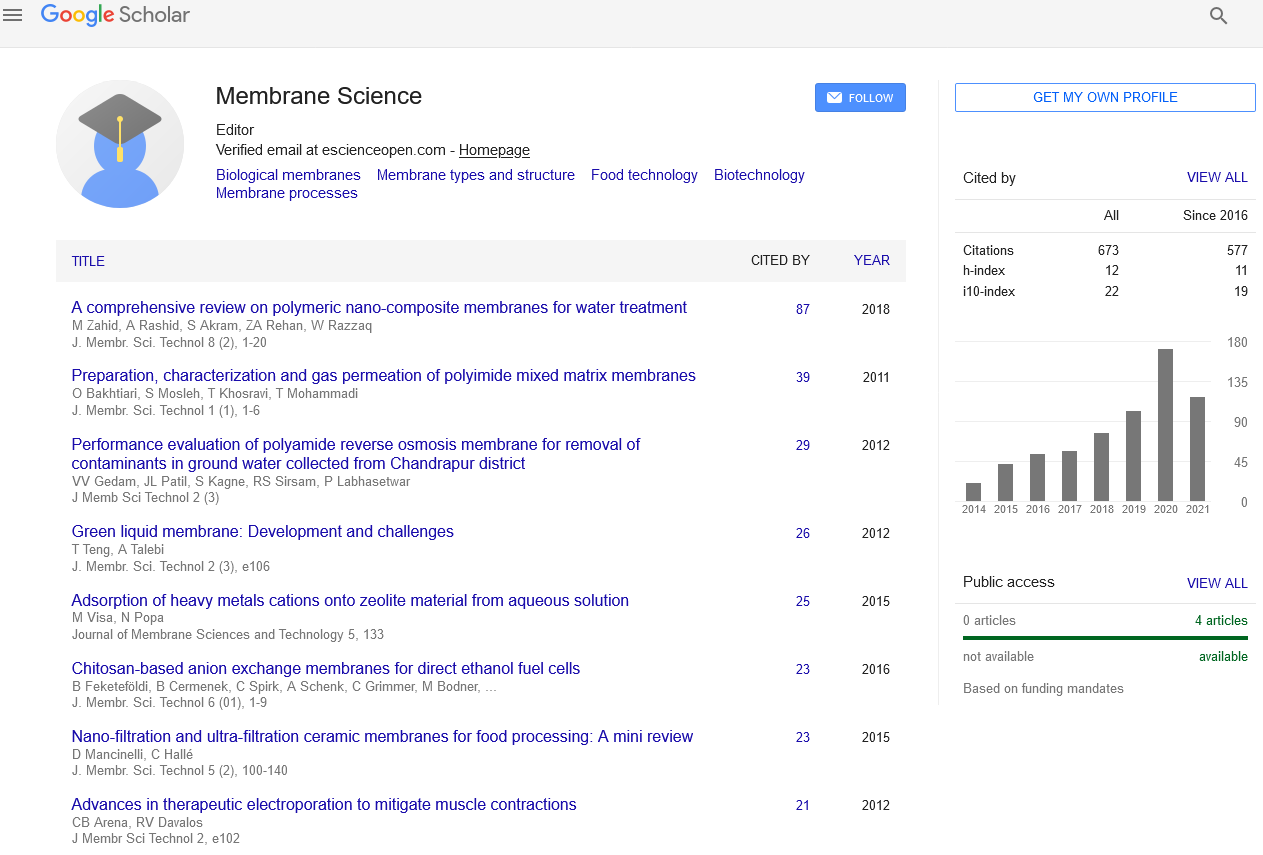Indexed In
- Open J Gate
- Genamics JournalSeek
- Ulrich's Periodicals Directory
- RefSeek
- Directory of Research Journal Indexing (DRJI)
- Hamdard University
- EBSCO A-Z
- OCLC- WorldCat
- Proquest Summons
- Scholarsteer
- Publons
- Geneva Foundation for Medical Education and Research
- Euro Pub
- Google Scholar
Useful Links
Share This Page
Journal Flyer

Open Access Journals
- Agri and Aquaculture
- Biochemistry
- Bioinformatics & Systems Biology
- Business & Management
- Chemistry
- Clinical Sciences
- Engineering
- Food & Nutrition
- General Science
- Genetics & Molecular Biology
- Immunology & Microbiology
- Medical Sciences
- Neuroscience & Psychology
- Nursing & Health Care
- Pharmaceutical Sciences
Abstract
Camera-less Terahertz Imaging Investigation of the Interaction of Factor XII Protein with the Human Stratum Corneum
Zia Shariat-Madar, Aunik Rahman, Bozena Michniak-Kohn, Guacyara Da Motta and Anis Rahman*
This paper reports the use of camera-less terahertz imaging technique to measure zymogen factor XII (FXII) conformational changes in solution and upon binding to stratum corneum in the absence of its known endogenous potentiating complex, high molecular weight kininogen (HK)-Prekallikrein (PK) in real-time. FXII is synthesized in the liver and secreted into the circulation to serve as a blood coagulation factor. FXII has diverse biological functions. First, it serves as an accessary molecule to extend the generation of thrombin-induced platelet adhesion to the initially formed platelet monolayer. Secondly, FXII provides a robust stimulus for Bradykinin (BK)-induced hyper-permeability by disrupting vascular barriers. Using in vitro assays, studies have shown that FXII activation can occur on negatively charged surfaces. This activation is accelerated in the presence of kallikrein or activated Prekallikrein (PK). We demonstrate our method by measuring the conformational changes that occur upon FXII binding on stratum corneum. The subject of FXII activation remains a work in progress. Previously, Terahertz Scanning Reflectometry (TSR) and Terahertz Spectrometry (TS) was used to demonstrate that different spectral density deviations of the signal are due to the structural alterations and activation of FXII induced by the hydrated stratum corneum. The present work uses Terahertz (THz) imaging to demonstrate that a subset of zymogen FXII bond to the stratum corneum. FXII was not significantly accumulated on the hydrated stratum corneum. However, formed activated FXII (FXIIa) was observed on the stratum corneum. This finding suggests that negatively charged surface is not a necessary condition.
Published Date: 2020-09-22; Received Date: 2020-09-04


